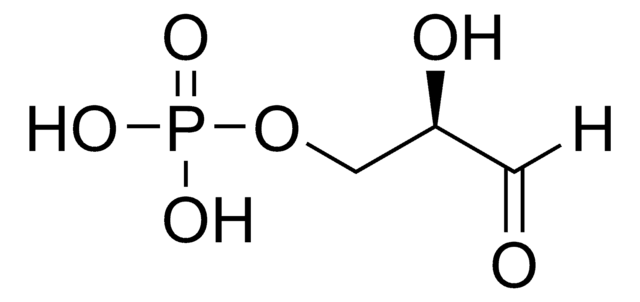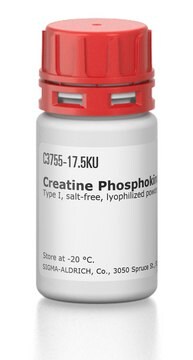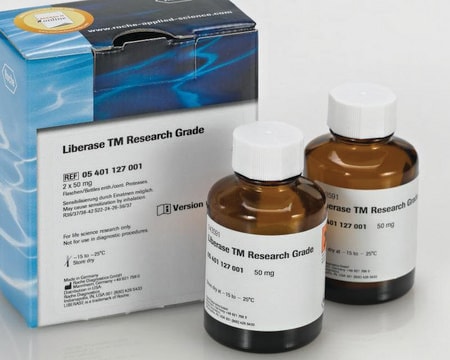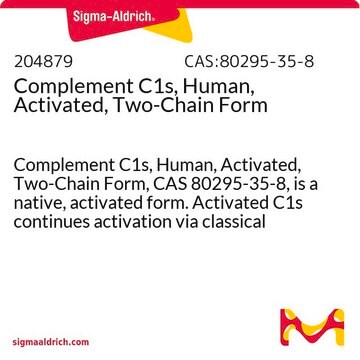G6019
Glyceraldehyde-3-phosphate Dehydrogenase from human erythrocytes
lyophilized powder, 50-150 units/mg protein
Synonym(s):
D-Glyceraldehyde 3-phosphate:NAD+ oxidoreductase (phosphorylating), GAPDH
About This Item
Recommended Products
form
lyophilized powder
Quality Level
specific activity
50-150 units/mg protein
composition
Protein, 40-70% biuret
UniProt accession no.
foreign activity
3-Phosphoglyceric phosphokinase ≤2%
storage temp.
−20°C
Gene Information
human ... GAPDH(2597)
Biochem/physiol Actions
Unit Definition
Physical form
inhibitor
Storage Class Code
11 - Combustible Solids
WGK
WGK 3
Flash Point(F)
Not applicable
Flash Point(C)
Not applicable
Choose from one of the most recent versions:
Already Own This Product?
Find documentation for the products that you have recently purchased in the Document Library.
Customers Also Viewed
Articles
Glucose metabolism is regulated by the opposing actions of insulin and glucagon. Insulin is released from pancreatic ß cells in response to high blood glucose levels and regulates glucose metabolism through its actions on muscle, liver, and adipose tissue.
We presents an article about the Warburg effect, and how it is the enhanced conversion of glucose to lactate observed in tumor cells, even in the presence of normal levels of oxygen. Otto Heinrich Warburg demonstrated in 1924 that cancer cells show an increased dependence on glycolysis to meet their energy needs, regardless of whether they were well-oxygenated or not.
Our team of scientists has experience in all areas of research including Life Science, Material Science, Chemical Synthesis, Chromatography, Analytical and many others.
Contact Technical Service










